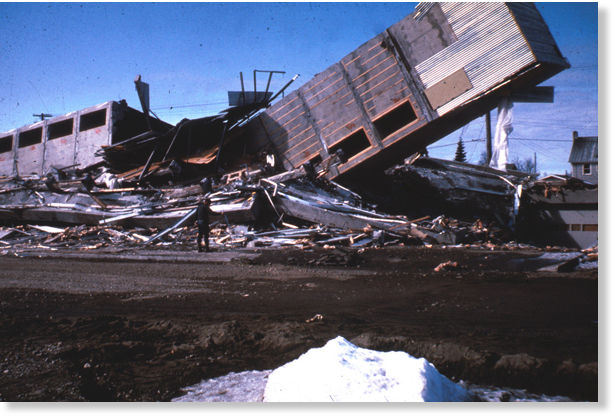

"Layers of mud and peat can help us reconstruct the timing between earthquakes and their spatial extent, and from that you can begin to deduce the dynamics of the earthquake cycle." "Sediment cores can typically take you back about 5,000 years," said Ian Shennan, a geography professor at Durham University in England.

Scientists also know that many of the planet's tectonic boundaries seem to generate earthquakes on pronounced - but varying - seismic schedules.īut geoscientists still face the challenge of using the tools at their disposal to interpret earthquake risks without inciting widespread panic or false senses of security.Īncient sediments can tell very detailed stories about past earthquakes and tsunamis, and sediment analysis is one of the most basic tools geologists use in interpreting these historical earthquakes and the seismic patterns in a particular region. Geophysicists and seismologists worldwide recognize that certain areas of the globe are more prone to seismic activity than others (the infamous " Ring of Fire" around the Pacific Ocean, for example). "Essentially we don't know where or when the next major earthquake will hit, and one just has to live with that uncertainty," said Brian Atwater, a geologist with the U.S.


 0 kommentar(er)
0 kommentar(er)
